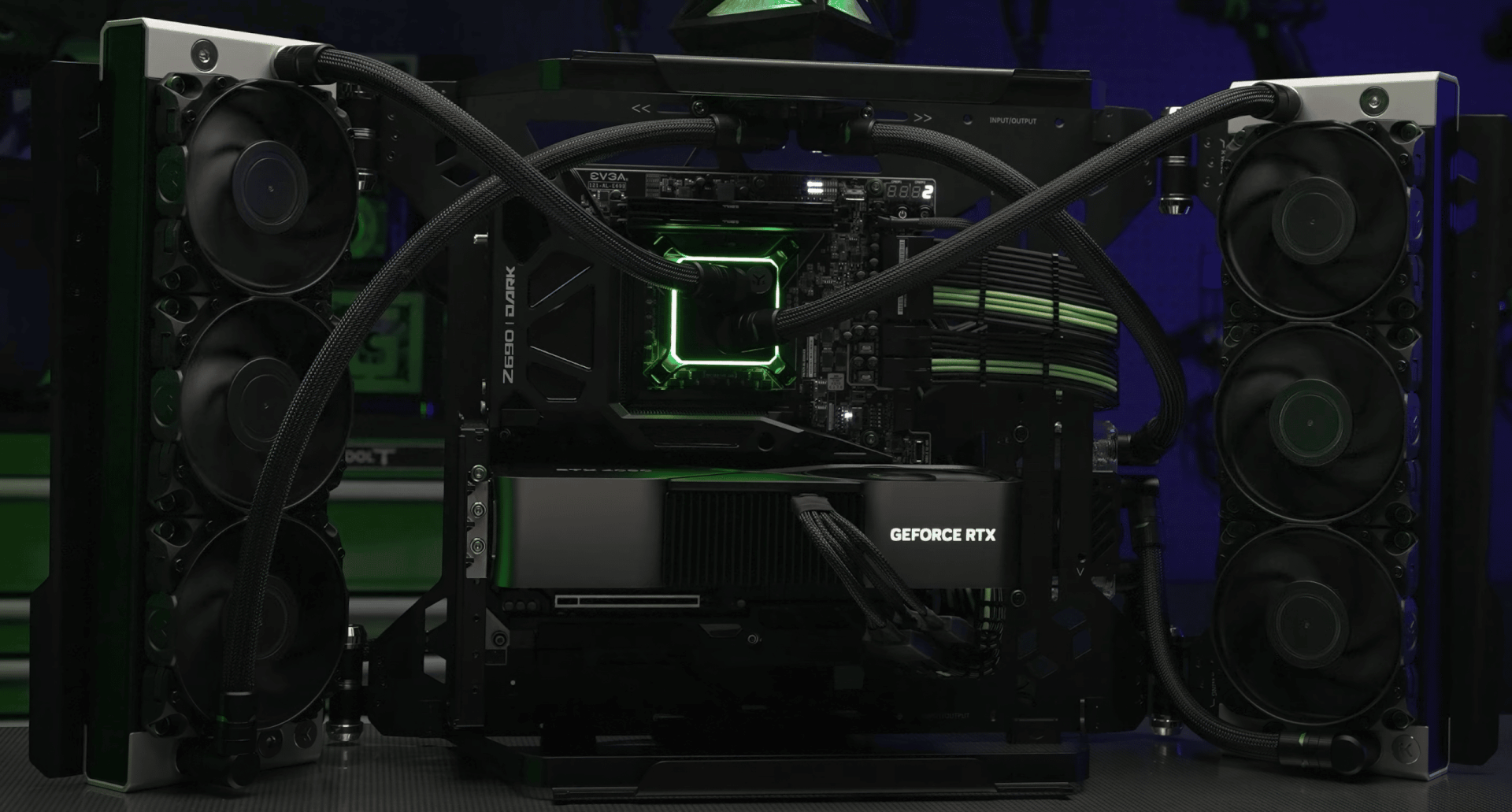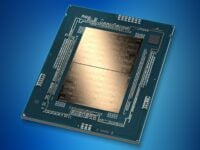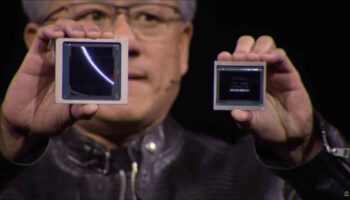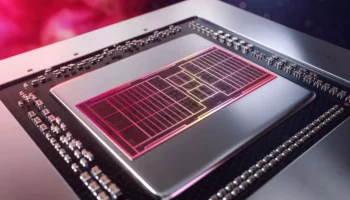NVIDIA’s RTX 4090 has been benchmarked using the Ashes Escalation test for a poor showing. The game is known for being an excellent implementation of low-level APIs like DirectX 12 and Vulkan, scaling very well across high-end CPUs. It benefits significantly from compute-oriented graphics architectures, which is why it favors AMD’s Radeon RX 6000 GPUs over the RTX 30 series. APISAK has shared the relative performance figures of the RTX 4090 in Ashes of the Singularity:
The GeForce RTX 3090 and 3090 Ti are just 20% and 15% slower than the RTX 4090 in the in-built benchmark, indicating a narrow focus on traditional raster performance. The Ada Lovelace GPUs (except the RTX 4090) show a mild to moderate increment in shader counts. (Diazepam) The RTX 4090 has 60% more cores than its predecessor despite leveraging a giant die and shows 50-70% higher performance in pure raster workloads (as per official benchmarks).
On the other hand, the RTX 4080 16GB packs just ~15% more cores than the RTX 3080, and as such, the raster performance is bound to be even lower. This is still speculation, so do take it with a grain of salt. Even from NVIDIA’s marketing slides, it does look like the uplift in ray-tracing workloads far outweighs that in purely rasterized titles.






